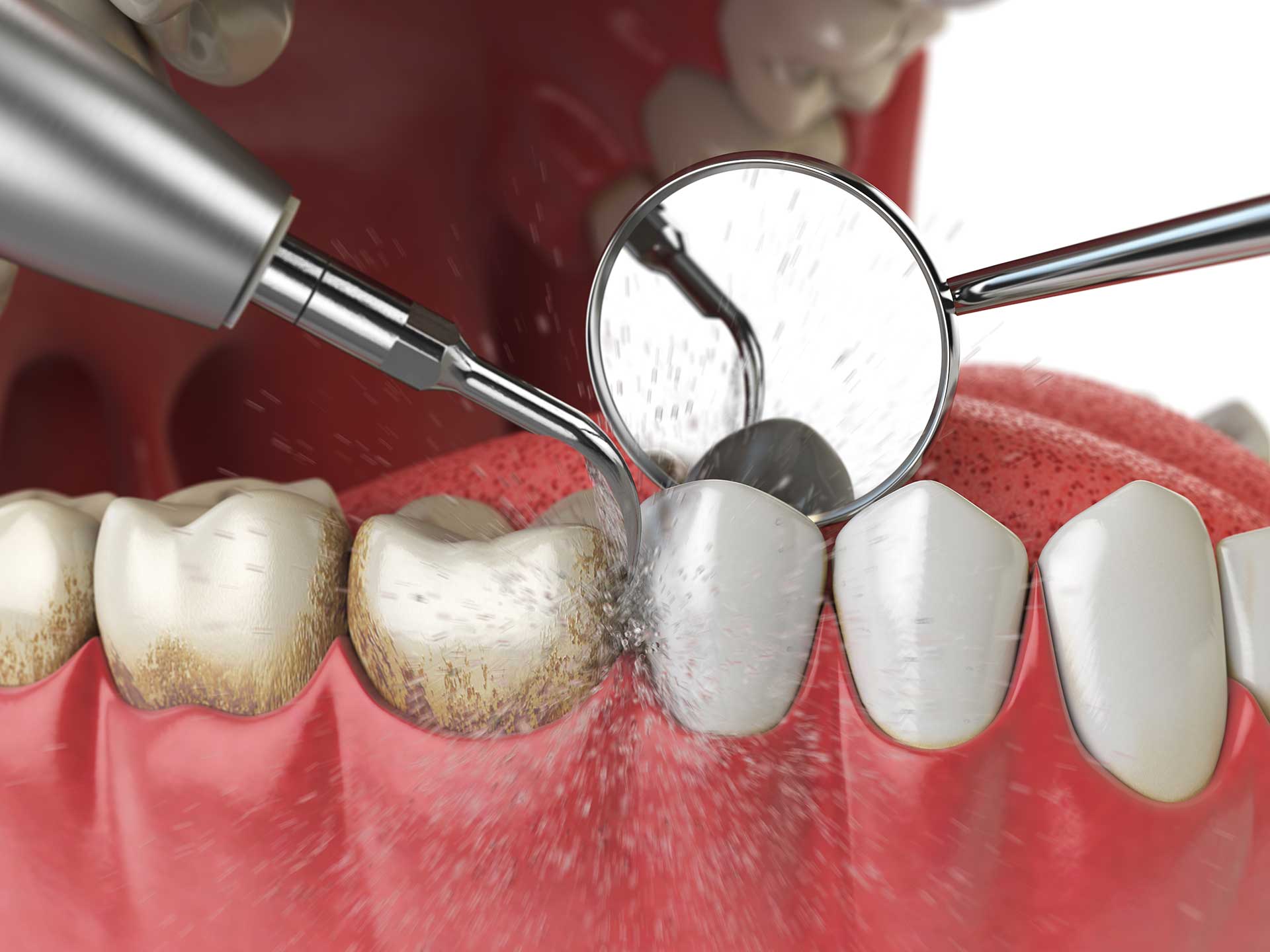Enhance Your Smile with Tooth Contouring
Tooth contouring is a dental procedure in which the surfaces of the teeth are reshaped and adjusted using special tools. This procedure is used to correct irregularities, wear or discolouration that can occur on teeth for a variety of reasons. It helps to improve the aesthetic appearance of the teeth and promotes harmonious bite alignment.
Why is Tooth Contouring and Reshaping Done?
Tooth contouring may be carried out for the following reasons:
- Irregular teeth: Naturally misaligned or misshapen teeth can be an aesthetic concern. Tooth contouring can be used to correct these irregularities and give your teeth a more even appearance.
- Tooth wear: Tooth wear is a condition in which tooth enamel gradually erodes over time, resulting in a reduction in tooth size. Worn teeth can affect daily activities such as eating and speaking. Contouring helps smooth the surfaces of worn teeth, facilitating proper bite alignment and increasing their durability.
- Stains and discolouration: In some cases, teeth can develop stains or discolouration due to factors such as tea, coffee, smoking or ageing. Tooth contouring can be used to lighten or eliminate these stains and discolorations, resulting in a whiter and brighter smile.
How Does the Procedure Work?
The procedure for tooth contouring generally involves the following steps:
- Pre-assessment: Before starting the tooth contouring and reshaping process, your dentist will evaluate the condition of your teeth and oral structure. This assessment will help determine the suitability of tooth contouring for your teeth.
- Local anaesthetic: Tooth reshaping and reshaping is usually done under local anaesthetic to ensure a pain-free experience. With local anaesthesia, an anaesthetic is applied to the gums. This allows patients to undergo the procedure without feeling any pain or discomfort.
- Carrying out the contouring: The dentist uses special dental instruments to gently reshape and adjust the surfaces of the teeth. During the procedure, the dentist smooths irregular areas, levels worn surfaces and reduces the appearance of stains. Contouring is usually done on the front surfaces of the teeth and is done carefully to preserve the natural tooth structure.
- Finishing touches: Once the contouring is complete, the dentist will polish and smooth the teeth for a proper finish.
- Check-up and recommendations: After the tooth contouring procedure, your dentist will examine your teeth again and evaluate the results. They may also make recommendations to help maintain the results and prolong the life of your teeth. These recommendations may include practicing good oral hygiene, scheduling regular dental cleanings and using appropriate oral care products.
Advantages of Tooth Contouring
Tooth contouring offers the following benefits :
- It helps to correct irregularities in the teeth, resulting in a smoother and more aesthetic appearance. This increases self-confidence and contributes to a more attractive smile.
- It helps to achieve proper bite alignment of the teeth. Improved bite function reduces stress on the temporomandibular joints and improves chewing efficiency.
- Well-shaped teeth make brushing and flossing easier. Smoother tooth surfaces minimise the accumulation of food particles and plaque, reducing the risk of tooth decay and gum disease.
- The procedure is usually completed in a short time and causes minimal discomfort to the patient. The use of local anaesthesia ensures a painless experience, allowing patients to quickly return to their daily activities.
- It helps improve the fit and compatibility of dental restorations such as porcelain veneers, crowns or dentures.
- The procedure strengthens worn or weak teeth, distributing biting forces more evenly and improving their durability.
